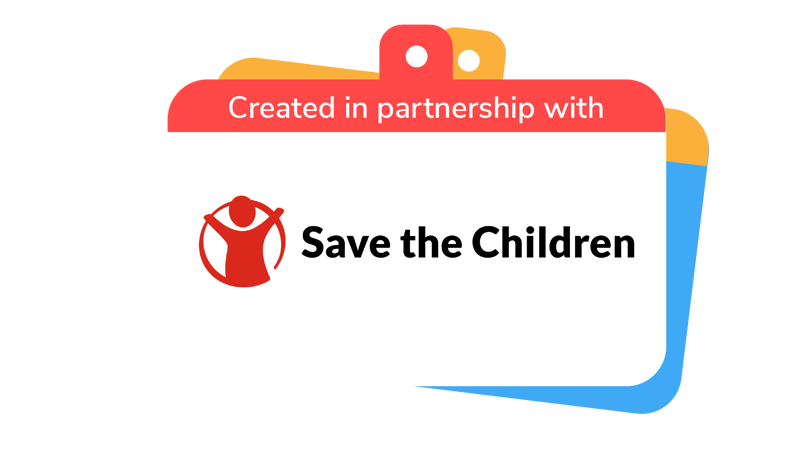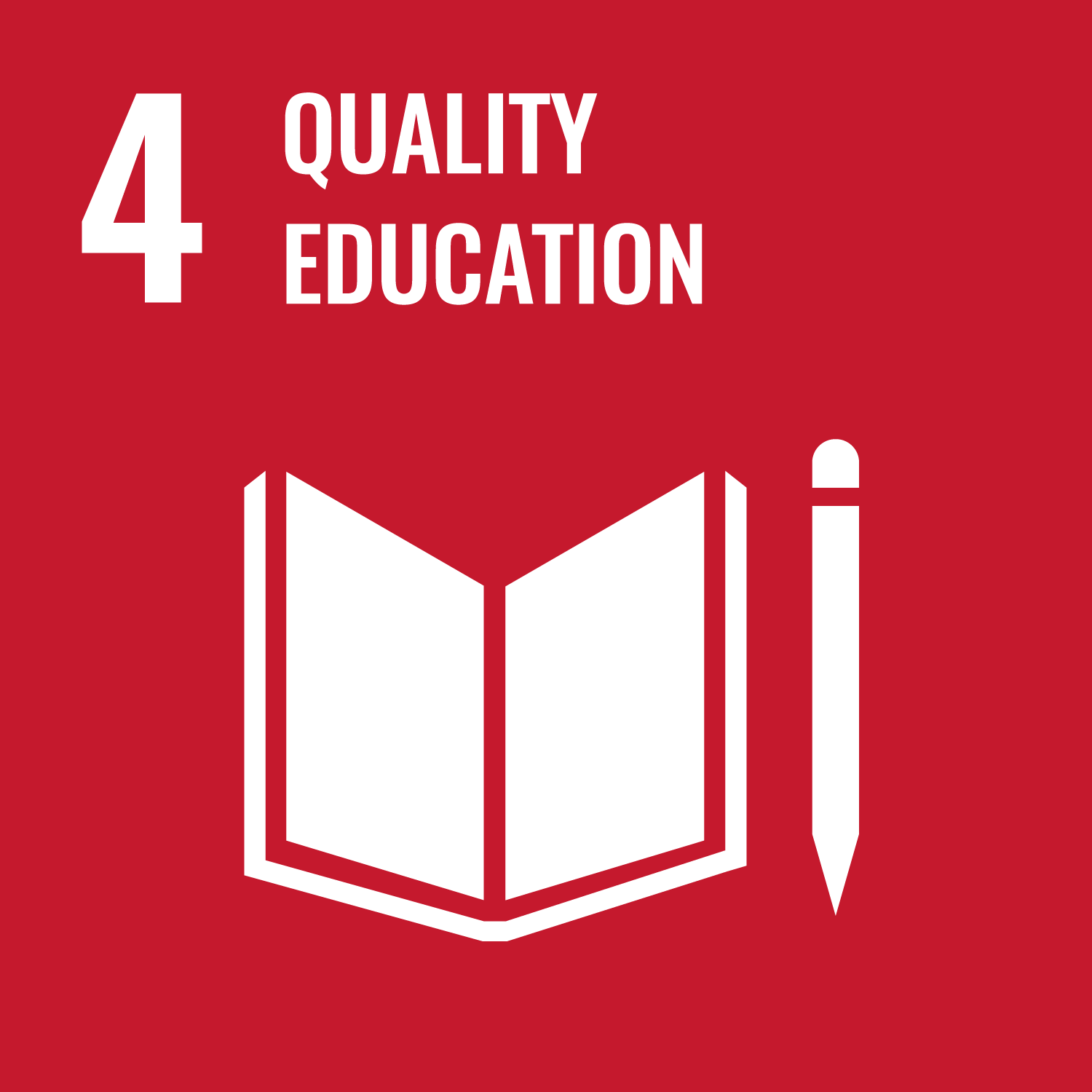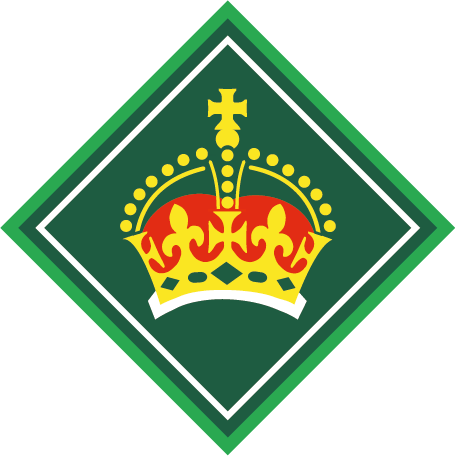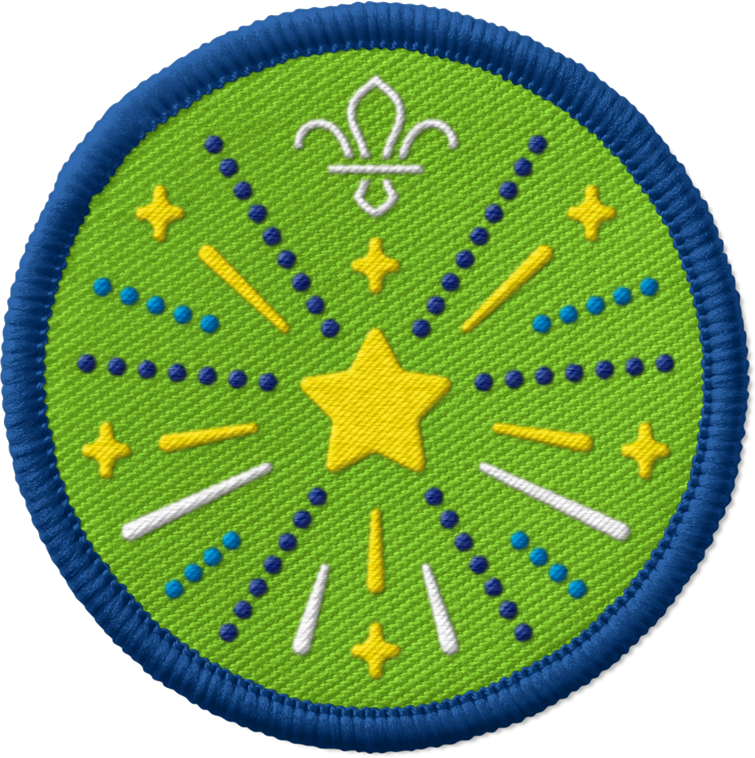
Play Hunt the Ring
You’ll need
- A ring (or something else to hide)
Before you begin
- Use the safety checklist to help you plan and risk assess your activity. Additional help to carry out your risk assessment, including examples can be found here. Don’t forget to make sure all young people and adults involved in the activity know how to take part safely.
- Make sure you’ll have enough adult helpers. You may need some parents and carers to help if you’re short on helpers.
Play ‘Hunt the ring’
- Gather everyone together in a circle.
- Everyone should gather together and talk about what it means to be part of a global community – how and why are Scouts are connected to other Scouts around the world? Some things, such as traditions, songs, or ceremonies might look a bit different in different places, but no matter where they are, Scouts gain similar skills. For example, teamwork, helping the community, learning to try, try again or play their part.
- Explain that Hunt the ring is a game played in Iraq, where they call it ‘Mheibes’. In Iraq, each team has between 50 and 250 players, so this is a slightly smaller version. If you don’t have a ring, you could play with any small counter or token.
- Everyone should split into two teams. They should decide which team will hide the ring and which team will find the ring – both teams will swap over and have plenty of turns at both.
- The team that’s hiding the ring should decide who will hold the ring. They should make sure the other team can’t hear or see them while they decide.
- The team that’s hiding the ring should sit in a row with their hands clenched into fists in their laps. The chosen person should hold the ring in one of their hands.
- The finding team should choose one person to find the ring, the finder.
- The finder should look at all of the players in the hiding team to try to spot any clues about who has the ring. For example, they could look at people’s facial expressions or hand movement.
- The finder should point at anyone they think doesn’t have the ring and say ‘not you’. The person they’ve pointed to should open their hands. If they don’t have the ring, they should move away from their team. If they have the ring, the hiding team gets a point and the teams should switch places and play again. The hiding team becomes the searching team and the searching team becomes the hiding team ,and so on.
- If the person they sent away doesn’t have the ring, the finder should keep playing until they know who has the ring - or until they say ‘not you’ to the person with the ring away and the teams swap over.
- If, at any point, the finder thinks they know who has the ring, they should tap the player’s hand and say ‘it’s you!’.
- The player should open their hands. If they don’t have the ring, their team gets a point. If they have the ring, the finding team gets a point. The teams should switch places and play again (so the hiding team becomes the searching team and the searching team becomes the hiding team).

This activity helps contribute towards some of the UN's Sustainable Development Goals. Find out more about the SDGs, and how Scouts across the world are getting involved.

Reflection
This activity was a chance to try new things. Some people may have played similar games before – but probably not with teams as huge as is traditional for Mheibes. Would people like to learn games for any other countries? What did people choose to share with Scouts who have been affected be conflict? Games and fun can be really valuable when people have been through difficult experiences.
Safety
All activities must be safely managed. You must complete a thorough risk assessment and take appropriate steps to reduce risk. Use the safety checklist to help you plan and risk assess your activity. Always get approval for the activity, and have suitable supervision and an InTouch process.
If anyone doesn’t like being touched, change the rules so people just say ‘it’s you!’ without tapping any hands.
All Scout activities should be inclusive and accessible.
With permission from parents and carers, post a video of the group playing the new game on social media.
Is anyone from your County or District going on an international trip? They could share your game with any Scouts they meet overseas.
Discover more at https://www.savethechildren.org.uk/





